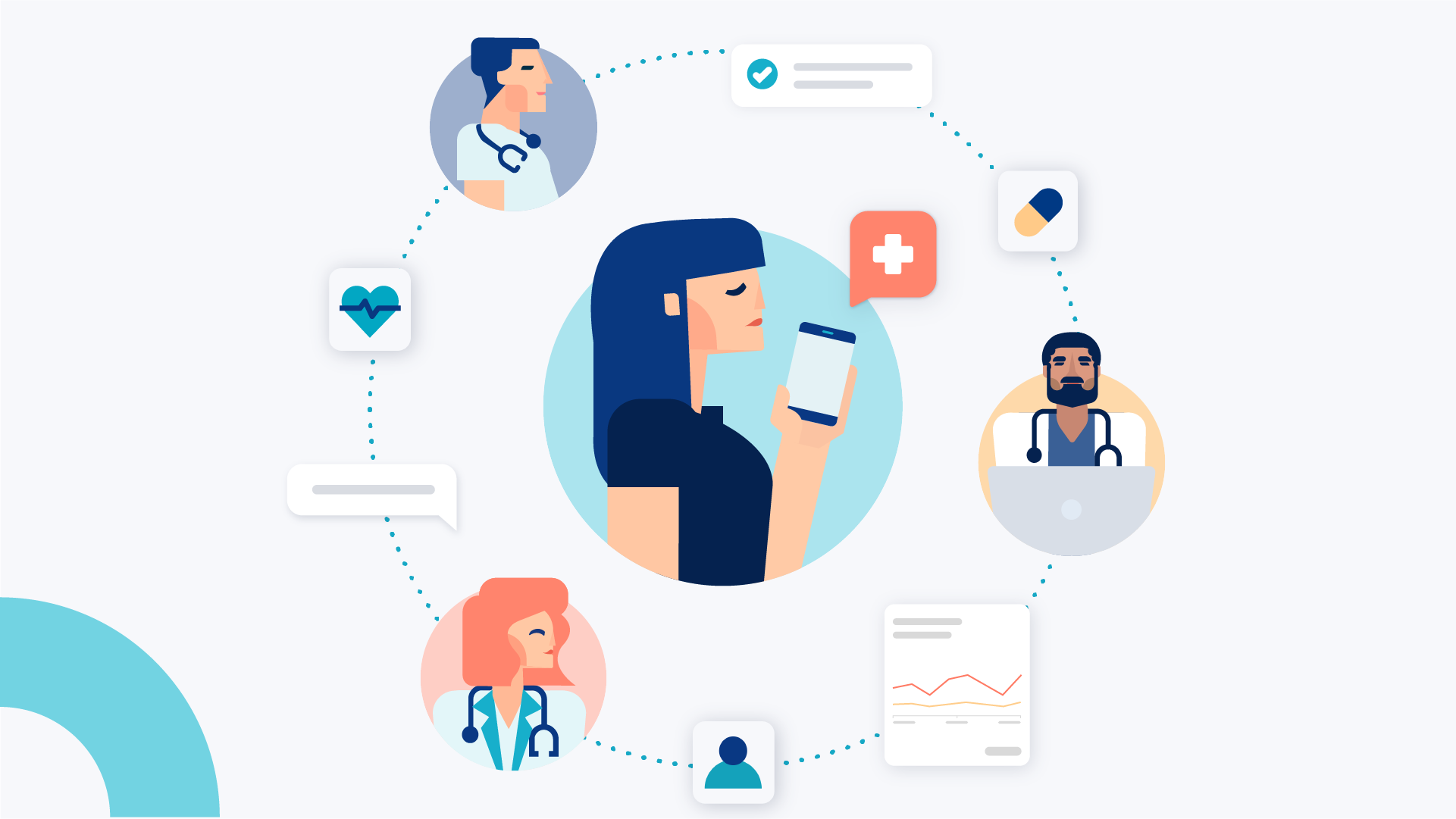The technology is in place but how do you achieve efficiency in digital healthcare solutions? Part 1: Planning, organization and implementation
The broad digitalization of healthcare that is now underway is crucial to meet and manage the challenges posed by demographic changes and increasing healthcare needs of the population. Digital care platforms are now in place within many care providers, but how can the potential of this new technology be realized?

In two parts, we will share insights from people on how to achieve efficiency.
In this first article, Gerda Nilsson Tjernström, who leads Platform24’s implementation team, shares the insights and success factors the company has identified for a successful digital healthcare initiative.
Tips for successful digitalization:
Successful change management requires focus and good communication. A common challenge is that employees are often not involved early enough in the process, which can result in the organization and ways of working lagging behind the implementation of new technology, ultimately causing the desired outcomes to fall short.
– “Digital technology can only improve efficiency and solve problems if it is used in context. Businesses also need to review their organization and ways of working to get the full impact of their digital tools,” Gerda concludes.
In addition to effective communication and early employee engagement, Platform24 has identified three actions that make a big difference:
1. Sufficient patient volumes
Each care unit needs a reasonable number of patients in the digital channel to get real relief in other channels and to be able to work efficiently, for example to work with parallel chats. This requires active work to redirect patients from phone and physical visits to digital.
2. Finalize patient cases digitally as much as possible
Organize so that patients whose cases can be handled digitally also receive assistance in the digital channel by the right competence without unnecessary handovers with information loss. To be able to process more patients digitally, the right professionals, such as doctors, need to be available in the digital service.
3. Not only initial visits – use digital tools for continuity
The care platforms can be used for more than just initial visits. The platform includes digital tools that strengthen continuity and dialog with patients and enable safe and continuous contact, such as the asynchronous chat that can be open to the patient for as long as needed. This accessibility to their healthcare provider relieves other channels and creates security, not least for patients who need regular contact with the healthcare system.
One example from Sweden is Region Gävleborg’s investment in an asynchronous chat channel for all newly pregnant women, a service that is both highly appreciated by patients and clearly facilitates and relieves the burden on healthcare staff. If you want to read more about how they work with it, we recommend this article.
Different models for implementation
– “There is no universal model for how care providers should organize their implementation of the digital platform,” says Gerda Nilsson Tjernström.
Some providers have a central unit for all patient contacts, while others guide patients directly to their health center using the platform. The important thing is to have a well-established ways of working and clear communication to patients and staff about the new digital working model.
Training and support from Platform24
Platform24’s trainers have extensive experience in supporting and helping healthcare providers to realize the benefits of a changed way of working and to take advantage of the many opportunities and features built into the platform.
– Our training team demonstrates the benefits of the new ways of working and makes visible how comprehensive the toolbox of the platform is. For many, it is an eye-opener,” says Gerda Nilsson Tjernström.
Do you want to know more?
Contact us below!